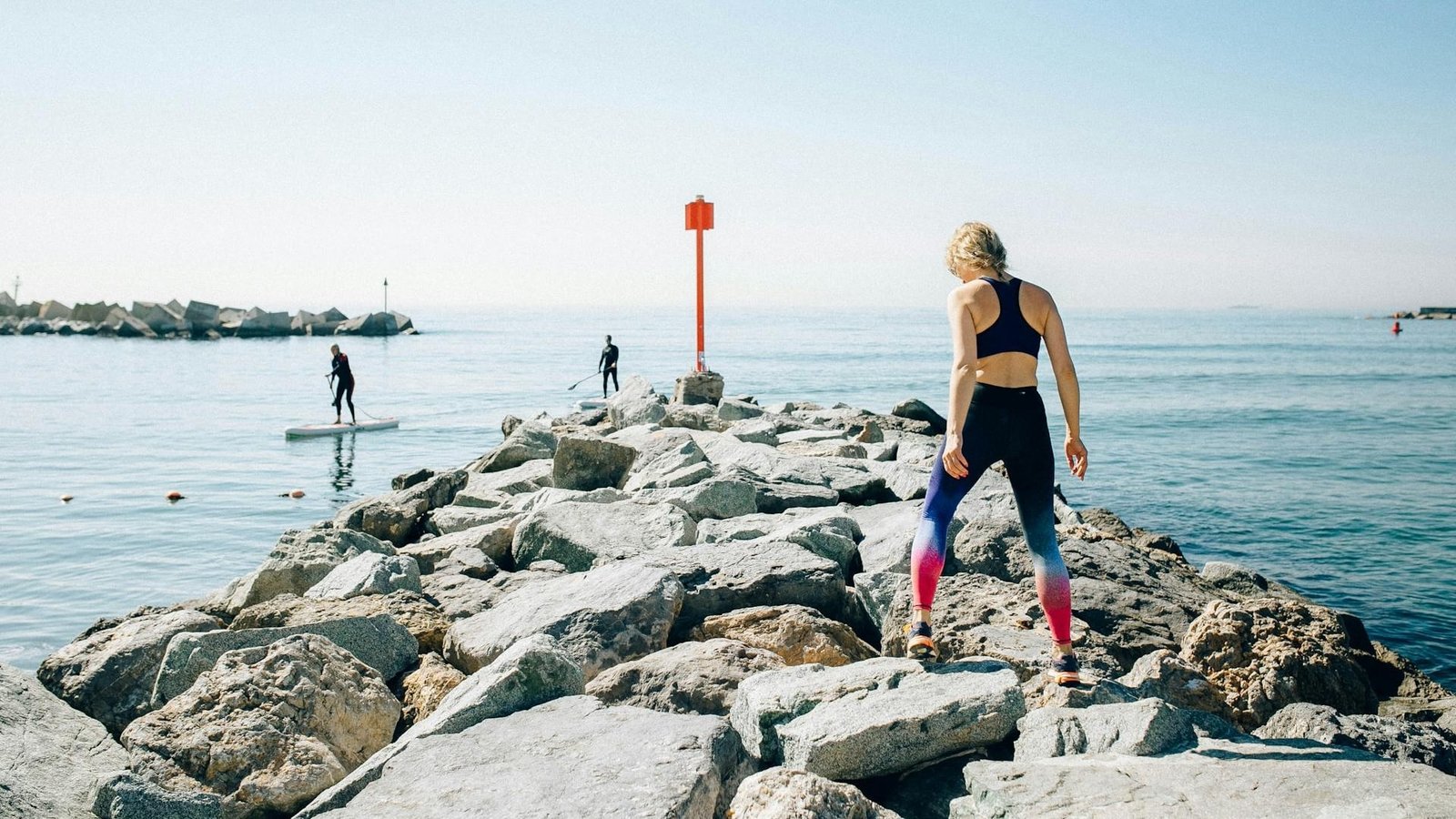The Most Powerful Strategies for Surviving in Extreme Sports Climates
February 25, 2025

February 25, 2025
For athletes, nature is both a fascinating and unpredictable force.
Scorching temperatures, biting cold, and suffocating humidity put human physiology to the test, challenging endurance and the body’s ability to adapt.
However, thanks to advancements and research in thermoregulation and metabolic adaptation, even the most hostile environment can now be transformed into a competitive advantage.
How does our body react to extreme weather conditions?
And most importantly, what precautions can help optimize sports performance while ensuring safety?
Adapting to Heat: The Challenge of Thermoregulation
When ambient temperature rises, the body activates a series of mechanisms to dissipate excess heat and prevent heat stroke.
Key physiological processes include:
- Increased Sweating • Sweat is the body’s primary cooling system. However, excessive sweating leads to electrolyte loss, increasing the risk of muscle cramps and fatigue.
- Peripheral Vasodilation • Blood vessels expand to facilitate heat dissipation, but this can lead to lower blood pressure and a redistribution of blood flow, which may weaken active muscles.
- Increased Heart Rate • The hotter it gets, the harder the heart works to maintain proper blood circulation, ultimately reducing overall cardiovascular efficiency.
Strategies for Adapting to Heat
To improve heat tolerance, athletes can implement several science-backed techniques:
- Gradual exposure to high temperatures (10-14 days of training in hot environments) enhances sweating efficiency and reduces electrolyte loss.
- Drinking water alone isn’t enough—electrolyte drinks are essential to maintaining fluid and salt balance.
- Finally, pre-performance cooling strategies, such as cold water immersion and cooling vests, help lower core temperature and delay heat-induced fatigue.
Cold Weather and Sports: The Risk of Hypothermia and Frostbite
Low temperatures present the opposite challenge of heat: instead of dissipating heat, the body must preserve it.
Key physiological adaptations include:
- Peripheral Vasoconstriction • Blood vessels constrict in extremities to retain warmth in vital organs, but this increases the risk of frostbite.
- Muscle Shivering • Involuntary tremors generate heat through repeated muscle contractions, but they consume energy and can impair long-term performance.
- Increased Basal Metabolism • The body activates thermogenesis by burning glycogen more rapidly, making caloric intake crucial for winter sports.
Strategies for Adapting to Cold
To handle frigid environments effectively, athletes can adopt various solutions:
- Wearing layered, breathable, and thermal technical fabrics helps maintain body temperature without restricting movement.
- Warming up with dynamic exercises reduces injury risk and enhances neuromuscular responsiveness.
- A diet rich in carbohydrates and fats supports cold resistance by providing energy for heat production.
Humidity: The Invisible Enemy of Sports Performance
Unlike dry heat, humidity drastically reduces the effectiveness of sweating, making body cooling more difficult.
The main effects include:
- Sweat Evaporation Difficulty • Humid air hinders heat dissipation through sweating, increasing the risk of overheating.
- Increased Cardiovascular Stress • The body compensates for inefficient cooling by increasing blood circulation, leading to a higher heart rate for the same effort.
- Early Fatigue Perception • The sensation of exertion rises, making it harder to sustain high-intensity activity over time.
Strategies for Adapting to Humidity
Competing in humid conditions requires specific adjustments:
- Simulating race-day environments allows the body to gradually adapt, improving humidity tolerance.
- Clothing must wick sweat away without adding weight, preventing heat buildup.
- Dehydration risk is higher, so regular intake of sodium, potassium, and magnesium is essential.
Physiological Adaptation and a Scientific Approach
Handling extreme climates is not solely a matter of genetics or physical training.
The human body possesses extraordinary adaptive capabilities, but without the right strategies, performance and safety can be compromised.
Whether racing under a blazing sun or enduring freezing cold, those who train with method and awareness leave nothing to chance.
And understanding physiological mechanisms while applying scientifically tested methods can truly make the difference.
If you’d like a free consultation to discover what kind of sponsorship might suit you, contact us. We’re waiting for you!
Categories
Recent News
Archives
- November 2025
- October 2025
- September 2025
- August 2025
- July 2025
- June 2025
- May 2025
- April 2025
- March 2025
- February 2025
- January 2025
- December 2024
- November 2024
- October 2024
- September 2024
- August 2024
- July 2024
- June 2024
- May 2024
- April 2024
- March 2024
- February 2024
- January 2024
- December 2023
- November 2023
- October 2023
- September 2023
- August 2023
- July 2023
- June 2023
- May 2023
- April 2023
- January 2018
- December 2017



